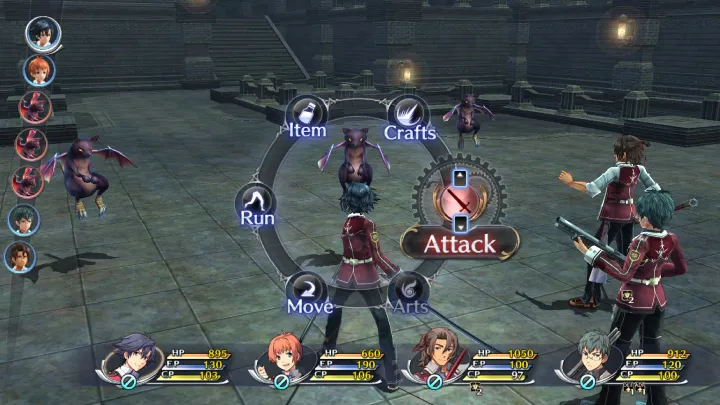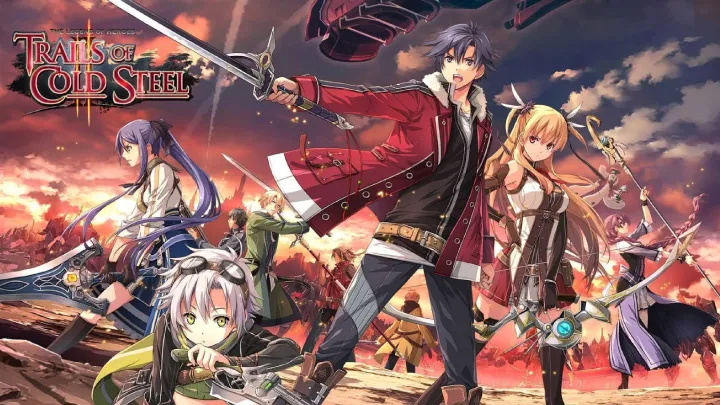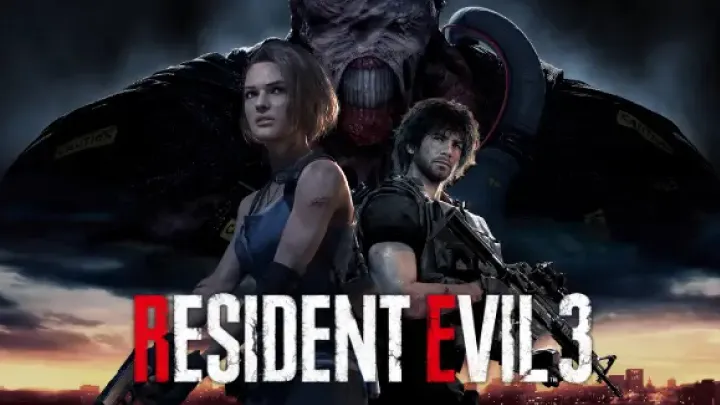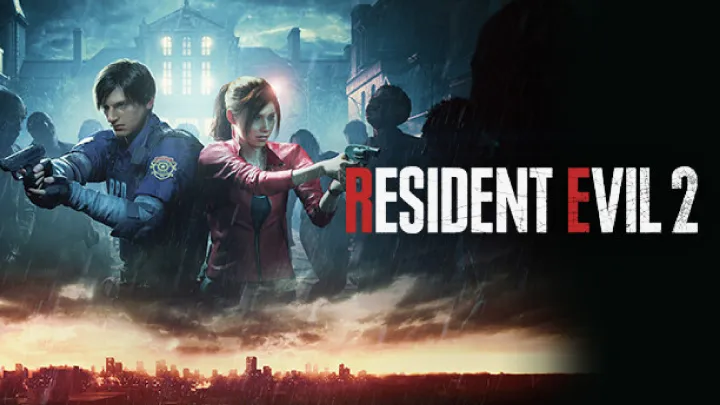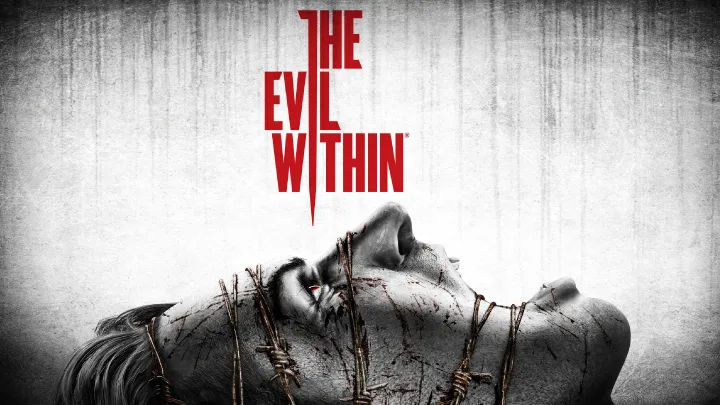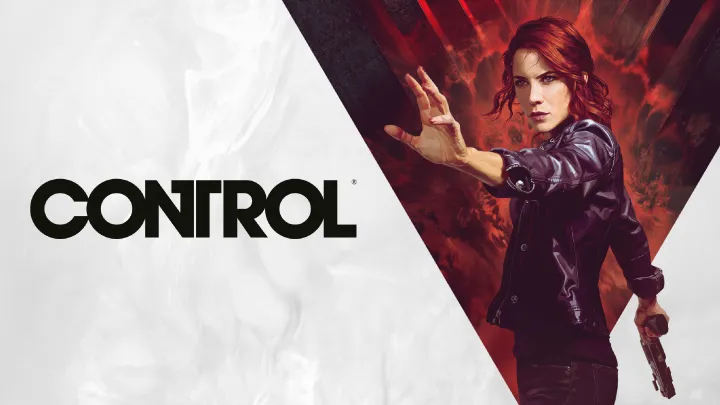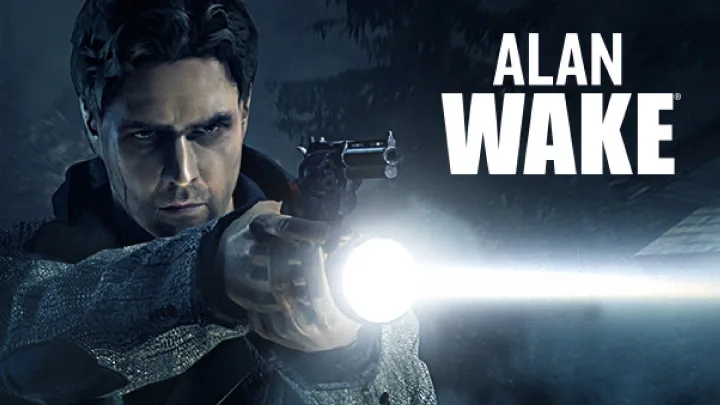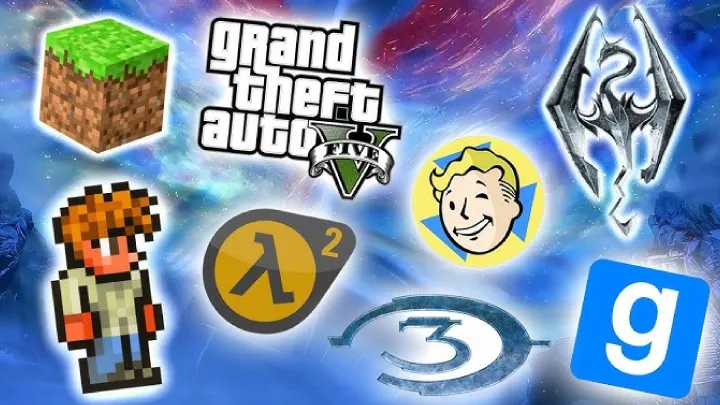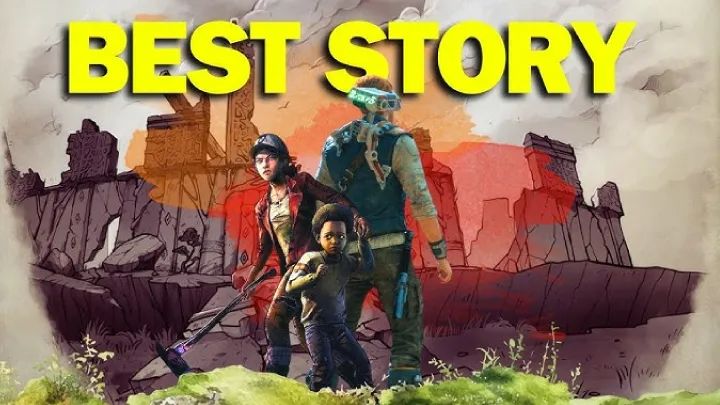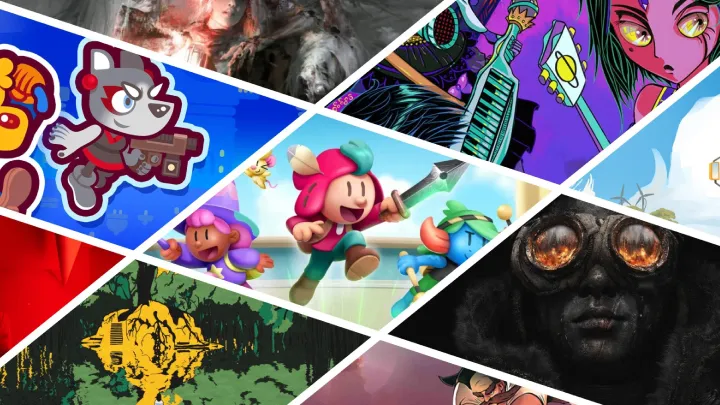Understanding the Game Mechanics
The Basics of Trails of Cold Steel
- Turn-Based Combat: Combat is strategic and requires players to consider their party's strengths and weaknesses. Players can choose from various skills, arts, and crafts during their turn.
- Character Switching: Players can switch between characters to utilize their unique abilities and ensure a balanced party composition.
Navigating the World of Erebonia
- Map Utilization: Familiarize yourself with the map to locate points of interest, quest objectives, and hidden treasures.
- Interact with NPCs: Engaging with non-playable characters (NPCs) can provide valuable information, side quests, and items.
Character Development and Progression
Leveling Up Your Characters
- Experience Points: Regularly participate in battles to gain experience points. Higher levels unlock new abilities and increase your characters' stats.
- Bonding Events: Building relationships with your classmates through bonding events can enhance their capabilities and unlock new storylines.
Crafting and Equipment Management
- Upgrading Equipment: Regularly upgrade weapons and accessories to improve your party's performance. Collect materials from defeated enemies and explore for crafting resources.
- Crafting Arts: Each character has unique crafts that can be developed over time. Focus on upgrading these crafts to maximize your combat effectiveness.
Mastering Combat Mechanics
Understanding the Combat System
- Arts and Crafts: Each character has arts (magical abilities) and crafts (unique skills) that can turn the tide of battle. Familiarize yourself with each character's skills to maximize their effectiveness.
- Combat Links: Utilize combat links between characters to enhance their abilities and create powerful combinations during battles.
Utilizing the Tactical Menu
- Tactical Menu Features: The tactical menu allows players to strategize during combat. Use it to plan your moves, check enemy weaknesses, and manage your party's positions.
- Item Management: Keep a stock of healing items and buffs to ensure your party can endure challenging encounters.
Questing and Exploration
Main and Side Quests
- Main Quests: Focus on completing main quests to progress through the story. These quests often unlock new areas and features.
- Side Quests: Engage in side quests to gather resources, gain experience, and unlock new equipment. These quests often provide deeper insights into characters and the world.
Using the Quest Log
- Tracking Objectives: Use the quest log to track your objectives and monitor progress. This feature helps you stay organized and focused on your goals.
- Prioritizing Quests: Prioritize quests based on your level and resources. Some quests may be more challenging than others, so plan accordingly.
Managing Resources and Gathering Materials
Collecting Resources
- Resource Locations: Familiarize yourself with areas rich in specific materials. Certain regions may yield better resources depending on the environment.
- Environmental Interactions: Interact with the environment to gather materials. Look for shiny spots or items that can be collected.
Crafting and Upgrading
- Crafting Mechanics: Utilize gathered materials to craft weapons, armor, and items. Experiment with crafting to discover new recipes and enhancements.
- Upgrading Gear: Regularly upgrade your equipment using the materials you collect. Higher-level gear can significantly improve your party’s performance in combat.
Engaging with the Story
Narrative Depth
- Character Arcs: Take the time to learn about the backgrounds of your characters. Understanding their motivations will deepen your connection to the story.
- Cutscenes and Dialogues: Pay attention to cutscenes and dialogue choices, as they often provide valuable insights into the plot and character relationships.
Choices and Consequences
- Player Choices: Some choices throughout the game can influence character relationships and story outcomes. Be mindful of your decisions, as they may have long-term effects.
- Exploring Different Endings: Consider replaying the game to explore different narrative paths and endings. This will provide a fuller understanding of the story and its characters.
Tips for New Players
Getting Started
- Take Your Time: Don’t rush through the game. Spend time exploring and understanding the mechanics before diving into battles.
- Familiarize Yourself with Characters: Spend time learning about the various characters and their abilities. This knowledge will serve you well in combat and team building.
Utilizing the Community
- Join Forums: Engage with the Trails of Cold Steel community through forums and social media. Sharing experiences and tips can enhance your understanding of the game.
- Watch Tutorials: Consider watching gameplay videos or tutorials to learn strategies and techniques from experienced players.
Advanced Strategies for Experienced Players
High-Level Combat Techniques
- Combining Arts and Crafts: Learn to combine arts and crafts from multiple characters for devastating effects. Utilize the right timing to unleash powerful combinations.
- Countering Enemy Attacks: Pay attention to enemy patterns. Anticipating their moves and countering effectively can help you turn the tide in challenging encounters.
Exploring Endgame Content
- Challenging Bosses: Once you complete the main story, tackle challenging bosses that require high-level strategies and well-coordinated party setups.
- Collecting Rare Items: Focus on obtaining rare items and gear that can provide unique advantages in battles. These items can be crucial for endgame content.
Conclusion
